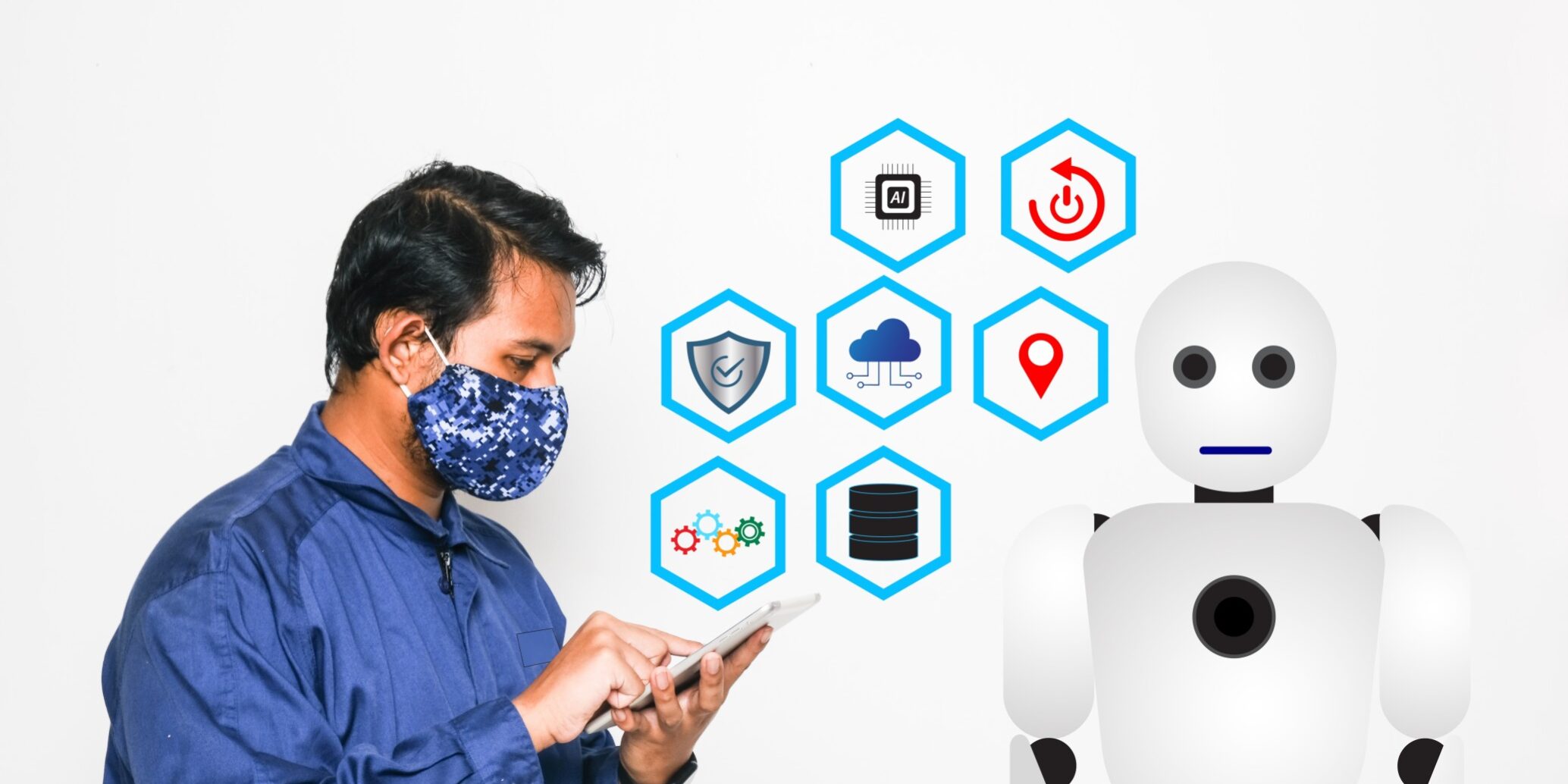Advanced technologies such as artificial intelligence, machine learning, and natural language processing have been deployed in the battle against Covid-19 since the pandemic’s earliest days. It started with the ability of AI to track the spread of the disease in order to limit the number of positive cases. It’s also been used to parse the billions of pieces of data and thousands of scientific papers on the topic needed to develop the vaccines that are about to be distributed. And now, AI and other digital tools are being deployed to manage complex supply chains for the vaccine, and to collect the immense amount of data needed to track any adverse effects individuals might have after receiving it.
The U.K is the first country to distribute the vaccine. Data shows that it has the third-highest number of coronavirus cases in Europe, after France and Italy, with over 1.7 million confirmed cases, and more than 60,000 deaths. With a population of nearly 68 million people, tracking any side effects from the vaccine is a herculean task, health officials in the U.K. have said.
To help meet that challenge, the U.K. Medicines & Healthcare products Regulatory Agency (MHRA) recently partnered with the U.K. arm of Genpact, a global professional services firm that specializes in digital transformation. The company is taking specific components of its AI software suite and integrating it with the government’s website where adverse effects are reported.
When a vaccine gets distributed at scale and speed, a technology solution needs to track the batch and lot numbers to know exactly where each dose is and who received it .There’s a lot of information, in a number of different formats, and it’s very manually intensive to try to codify it in a way that makes sense. AI will help with processing all that data faster than humans can. It’s quite complicated at scale, but is a critical element to overall public health.”
The AI solution will enable the government to track events by batch, lot, and location so that any adverse effects can be reported back to the drug manufacturers. The technology will also provide details on any potential issues or trends related to ethnicity, age, gender, or other demographic factors that can come into play with the vaccine. Humans are good at balancing about seven different dimensions of data before we sort of run out of road .AI can handle thousands of dimensions of data and find patterns and signals in the data very rapidly, something that would take humans much longer to find.
AI and supply chain
One of the other big challenges with the global rollout of the vaccine is managing supply chains. Inefficiencies all along the process, procurement, delivery logistics, tracing, or storage, can not only affect the availability and quantity of the vaccine, but can also cost companies money and risk damaging their reputations at a time when the public’s trust is so critical.
And while AI will likely play a big role in supply chain management, pharmaceutical companies are just beginning to explore its applications. It was however noted that more than 50% of AI professionals work in the tech sector, while only 3% work for health organizations. This disparity is hampering the speed and extent of the technology’s adoption within the pharmaceutical industry.
Indeed, supply chain improvements are on the minds of most executives today. It was noted that different industries and geographies and found that the overwhelming majority said the crisis had revealed weaknesses in their supply chain that they’re now working to correct. And most are looking to the benefits that AI and advanced analytics can bring to bear. About 90% of the leaders surveyed say they plan to increase the amount of digital supply chain talent in their companies through in-house reskilling and outside hiring.
There is always going to be role for humans in the whole process of vaccine distribution and management. It’s never a case that you just leave it to the technology. But the technology is a tool that helps people become more efficient, effective, and faster.”















